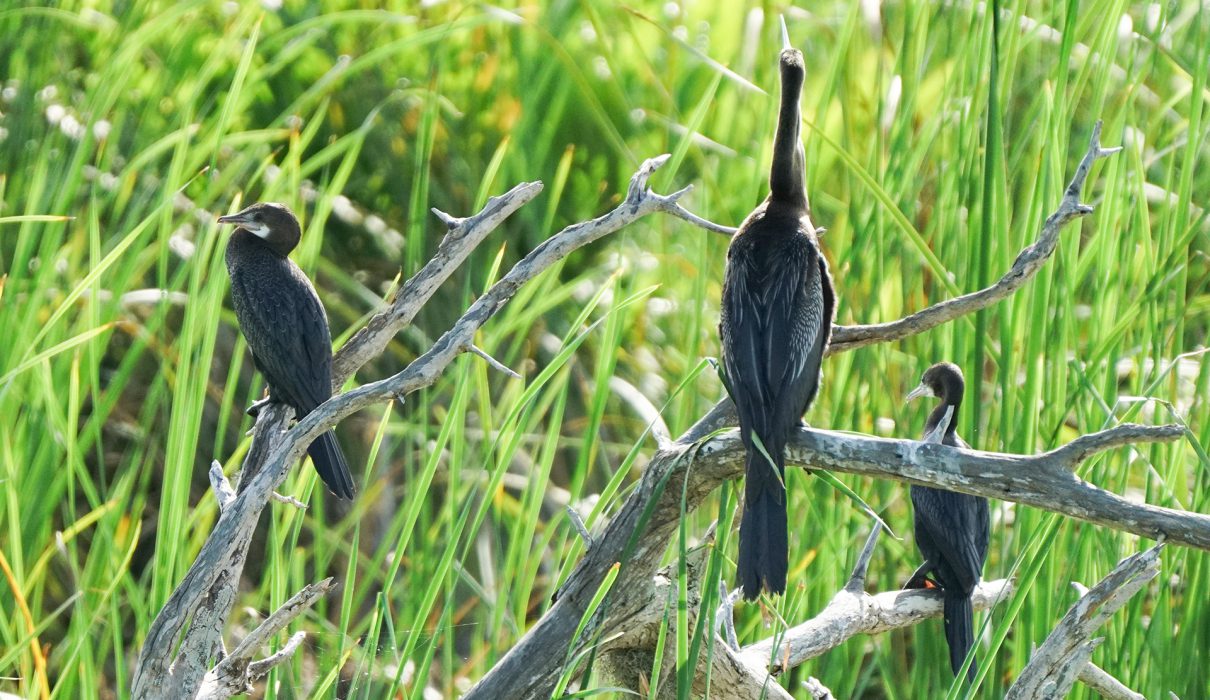On my first visit to Sri Lanka, I traveled from Colombo to Hambantota to explore Yala and Bundala National Parks. These two parks are among the premier wildlife reserves in Sri Lanka. Yala and Bundala are characterized by their rivers, lagoons, grasslands, and jungles, offering breathtaking landscapes and abundant wildlife. Despite the poor weather during my visit, I was fortunate to see a plethora of animals and birds, making the experience unforgettable. Wildlife is omnipresent, making these parks a paradise for nature enthusiasts. I absolutely adored these places, and I’m confident that anyone who visits will feel the same and will be eager to return.
As a nature photographer and wildlife researcher, I always seek out the best destinations. Before choosing Sri Lanka, I scoured the internet, read numerous articles, forums, and travel websites, and discovered that Sri Lanka is one of the top wildlife destinations in Asia. Unfortunately, my trip coincided with bad weather, which was a bit of bad luck. These areas are best visited during the dry season when more animals gather around rivers or water holes.
Yala National Park: A Sanctuary for Wildlife Enthusiasts
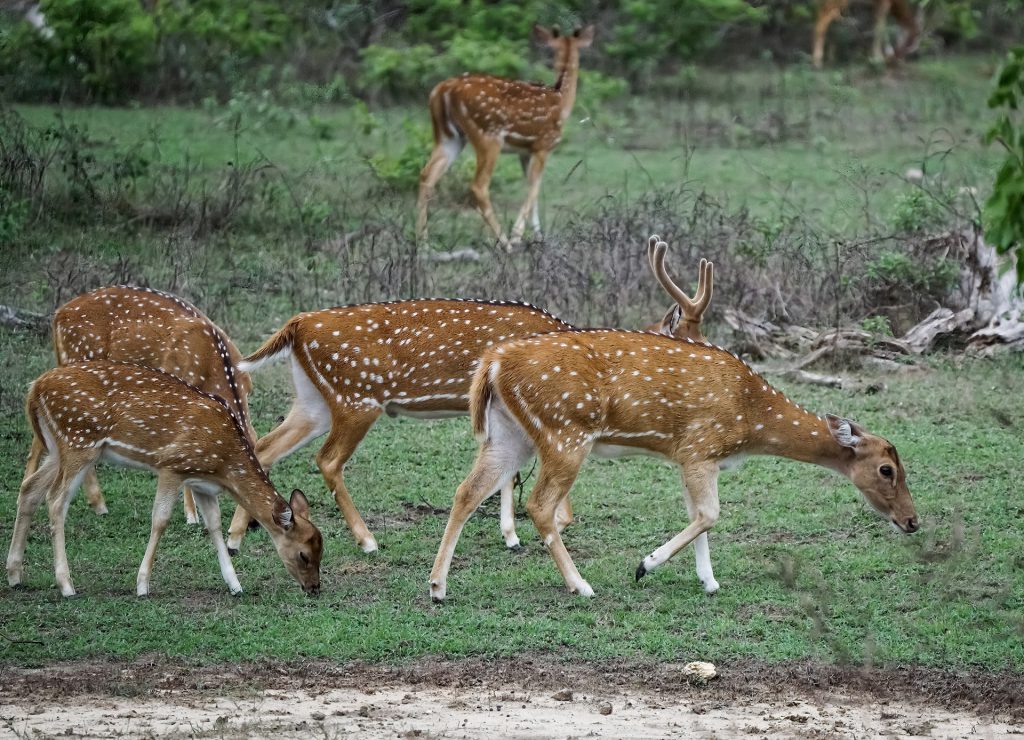
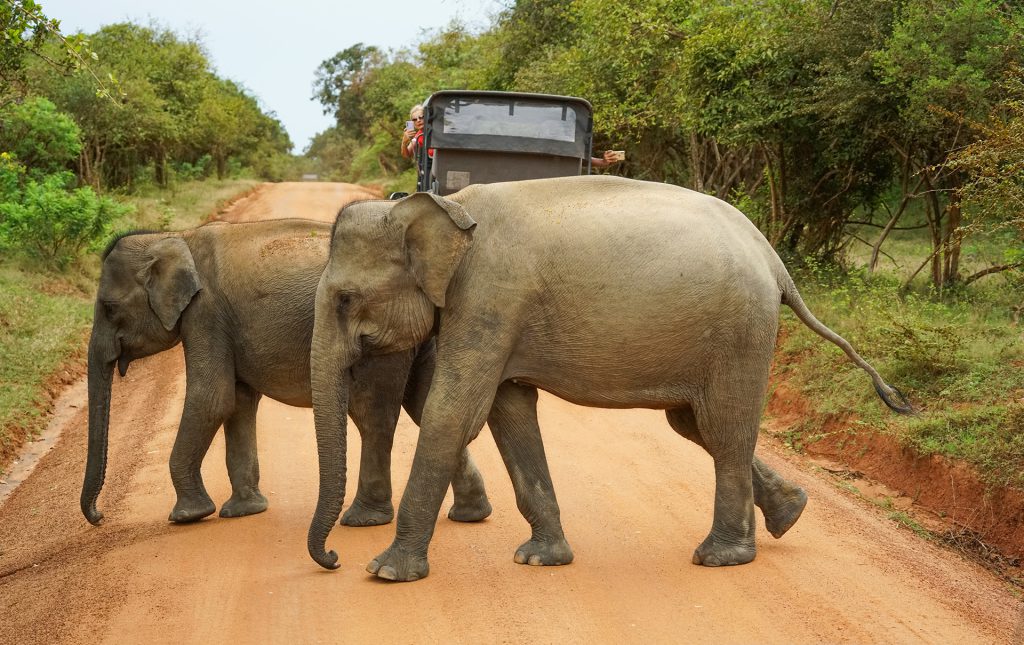
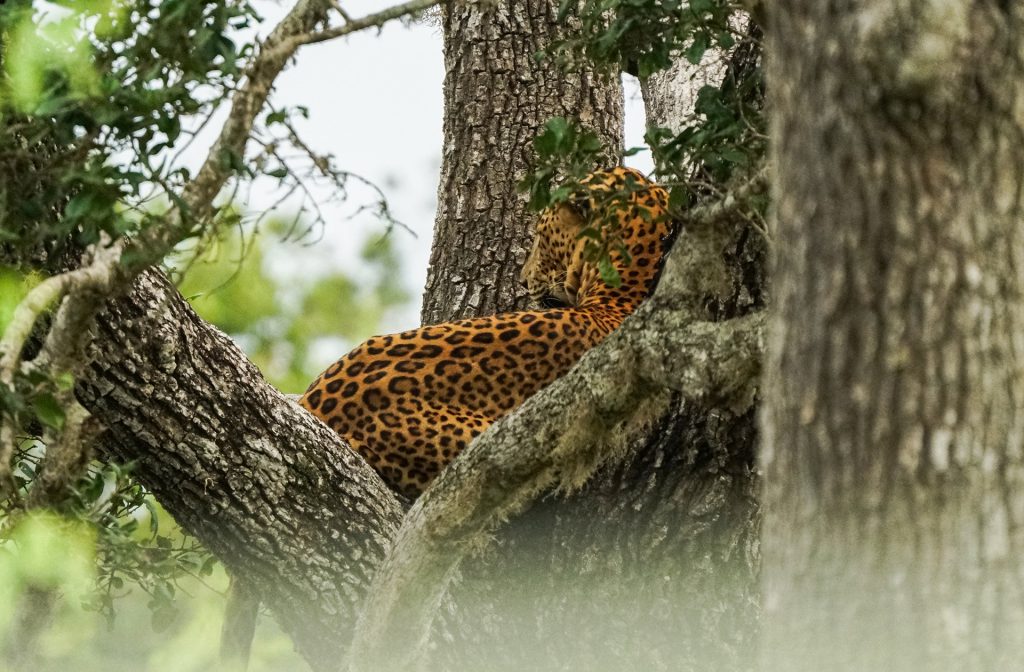
Sri Lanka, an island nation known for its rich biodiversity, boasts Yala National Park, one of its most renowned wildlife reserves. Located in the southeastern part of the island, Yala spans nearly 979 square kilometers, making it the second-largest national park in Sri Lanka. Established in 1938, it has become a cornerstone of the nation’s conservation efforts and a major attraction for tourists worldwide.
Biodiversity and Wildlife
Yala National Park features an impressive range of ecosystems, including dry monsoon forests, grasslands, and wetlands. This diverse habitat supports a variety of wildlife, making it one of the top safari destinations in the world. The park is especially famous for its leopard population; Yala has the highest density of leopards globally, offering an extraordinary chance for visitors to see these magnificent predators in their natural habitat.
In addition to leopards, Yala is home to a wide array of wildlife species. Elephants are frequently seen roaming the park in large herds. Birdwatchers will be delighted with the park’s over 200 bird species, including both endemic and migratory birds. Notable species include the Sri Lankan junglefowl, peacocks, and painted storks.
Conservation Efforts
Yala plays a vital role in the conservation of Sri Lanka’s wildlife. The park’s management prioritizes habitat preservation, anti-poaching measures, and community involvement in conservation activities. There are also efforts to reduce human-wildlife conflicts, a common issue in the areas surrounding the park.
Visitor Experience
Yala is divided into five blocks, with Block 1 being the most frequently visited due to its high concentration of wildlife. Guided safaris are the best way to explore the park, with knowledgeable guides offering insights into the behaviors and ecology of the animals. The optimal time to visit Yala is during the dry season, from February to June, when animals congregate around water sources, making sightings more frequent.
Bundala National Park: A Wetland Paradise
Adjacent to Yala lies Bundala National Park, a UNESCO-designated biosphere reserve celebrated for its wetlands and coastal ecosystems. Covering approximately 62 square kilometers, Bundala is smaller than Yala but equally rich in biodiversity and ecological significance.
Wetland Ecosystems and Birdlife
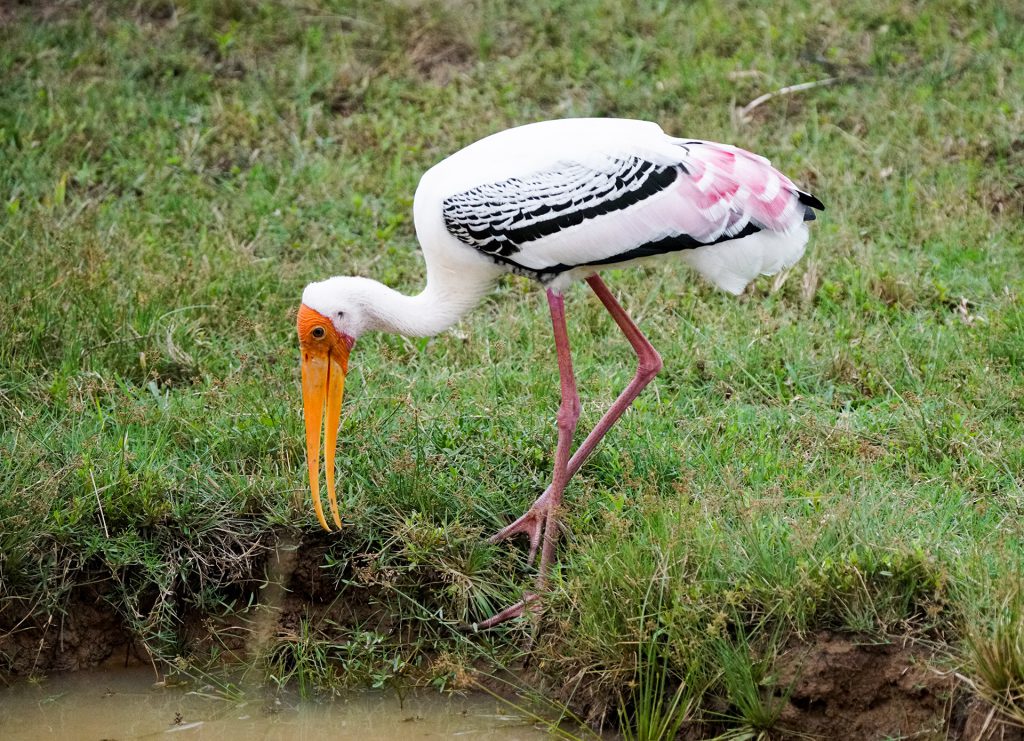
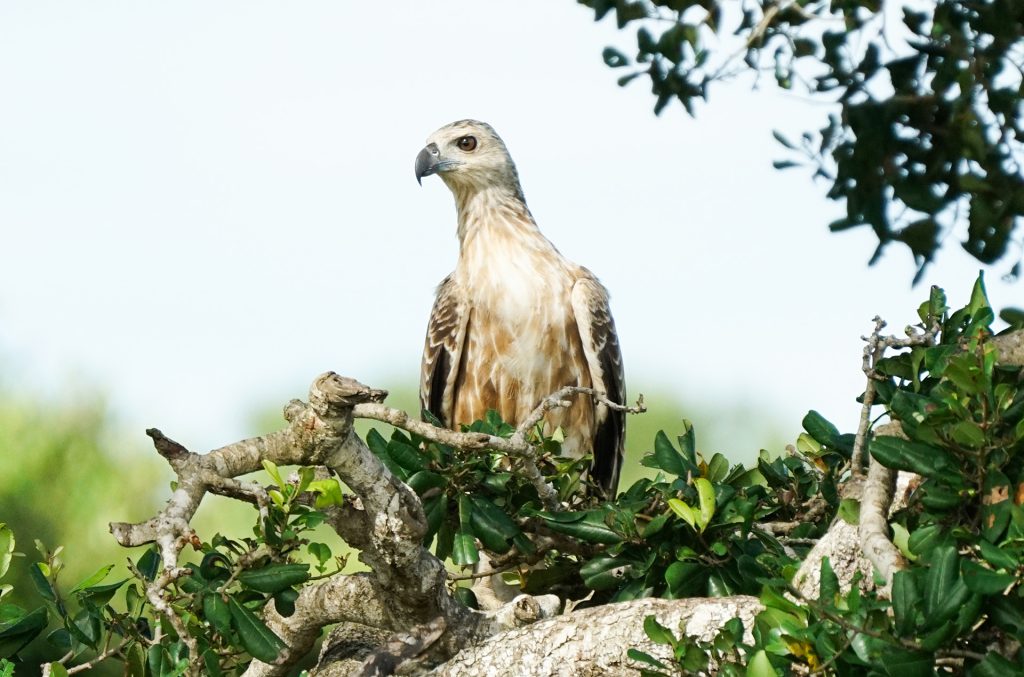
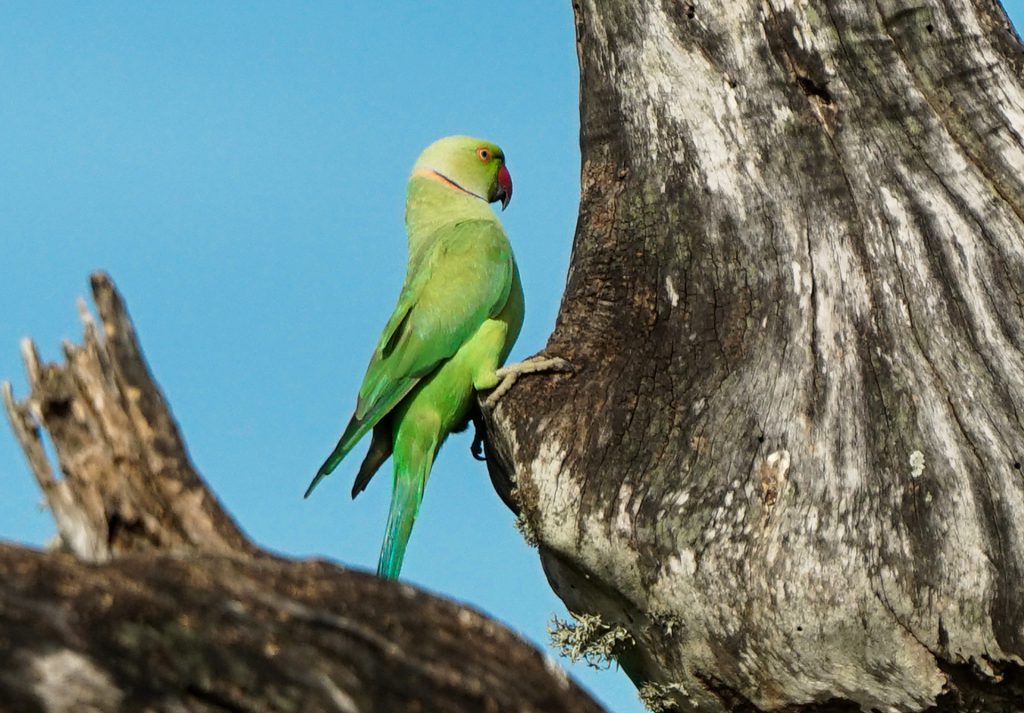
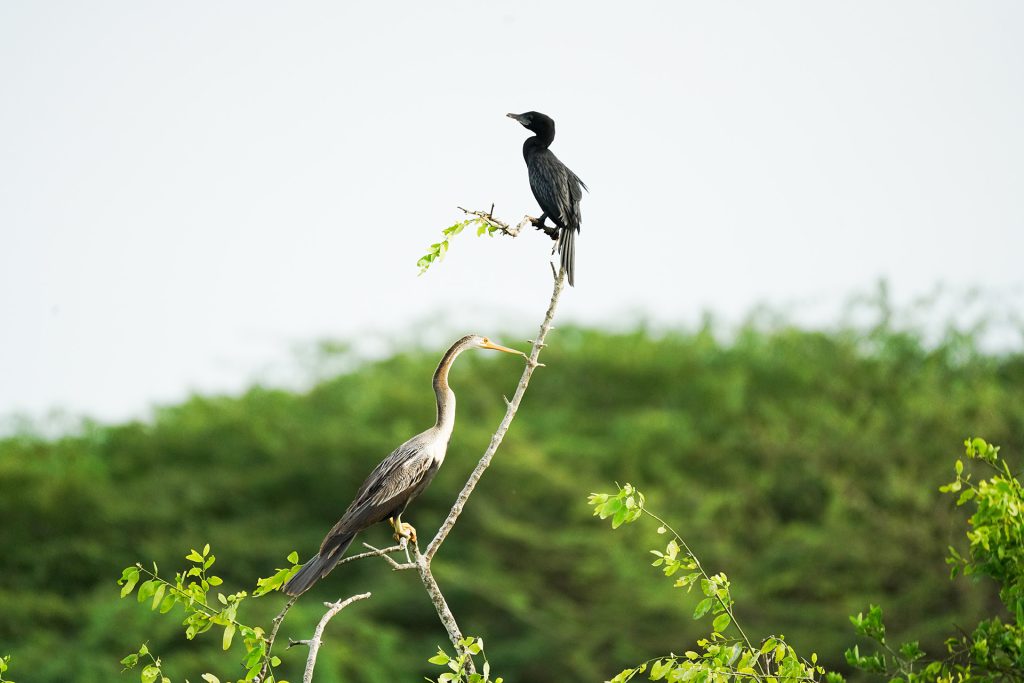
Bundala’s landscape is a mosaic of lagoons, salt pans, marshes, and dunes. These wetlands provide a crucial habitat for a diverse range of aquatic and bird species. Bundala is particularly renowned for its birdlife, drawing ornithologists and bird lovers from around the world. The park serves as a critical wintering ground for migratory birds, with over 200 species recorded. Flamingos, herons, egrets, and pelicans are among the notable visitors, creating a vibrant spectacle during the migratory season.
Conservation and Ecological Importance
The park’s designation as a biosphere reserve highlights its global importance for biodiversity conservation. Bundala’s wetlands support numerous species of fish, amphibians, and reptiles, contributing to the region’s overall ecological health. Conservation efforts in Bundala focus on habitat restoration, water management, and research initiatives to understand and protect its unique ecosystems.
Visitor Experience
Bundala offers a distinct experience compared to Yala, with its focus on wetland ecology and birdwatching. Visitors can explore the park through guided jeep safaris or boat rides, providing close encounters with the resident and migratory bird species. The best time to visit Bundala is during the migratory bird season, from September to March, when the park becomes a temporary refuge for thousands of birds escaping the northern winters.
Conclusion
Yala and Bundala National Parks showcase the natural beauty and biodiversity of Sri Lanka. Yala offers exhilarating wildlife encounters with its leopards and elephants, while Bundala captivates with its tranquil wetlands and avian wonders. Together, they underscore the importance of conservation and the incredible natural heritage of Sri Lanka, inviting nature lovers and adventurers to explore and appreciate their unique splendor.
I explored these areas with Ruwan Safari, along with our tour guide Hasni, were exceptionally helpful. I am very grateful to all of them. I highly recommend this team to anyone needing travel services in Sri Lanka. For transport, drivers, or cars, Hasni and Lanka Memo are trusted options. For a Bundala or Yala safari, Ruwan and his safari jeep are the best choices.




